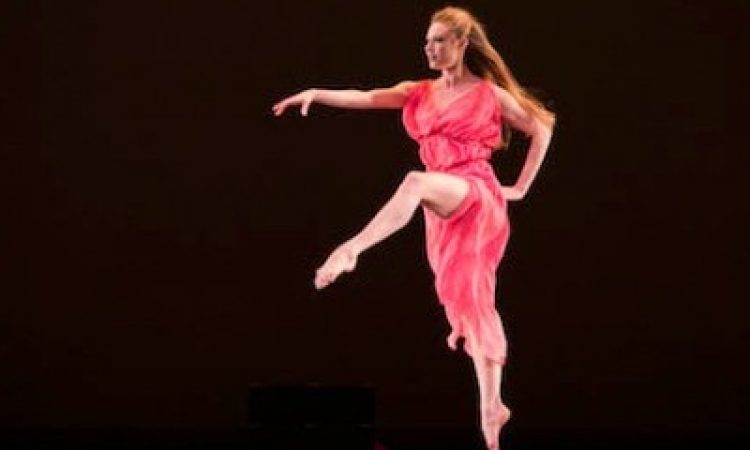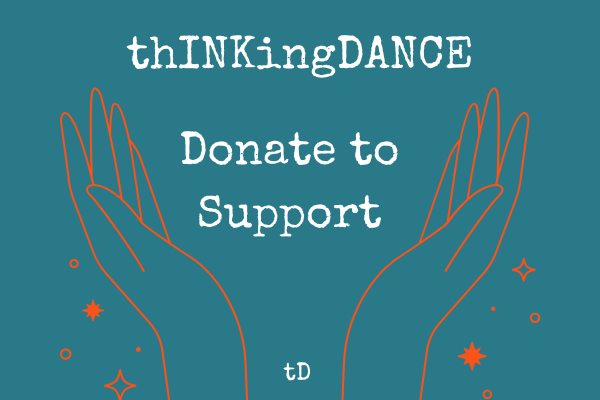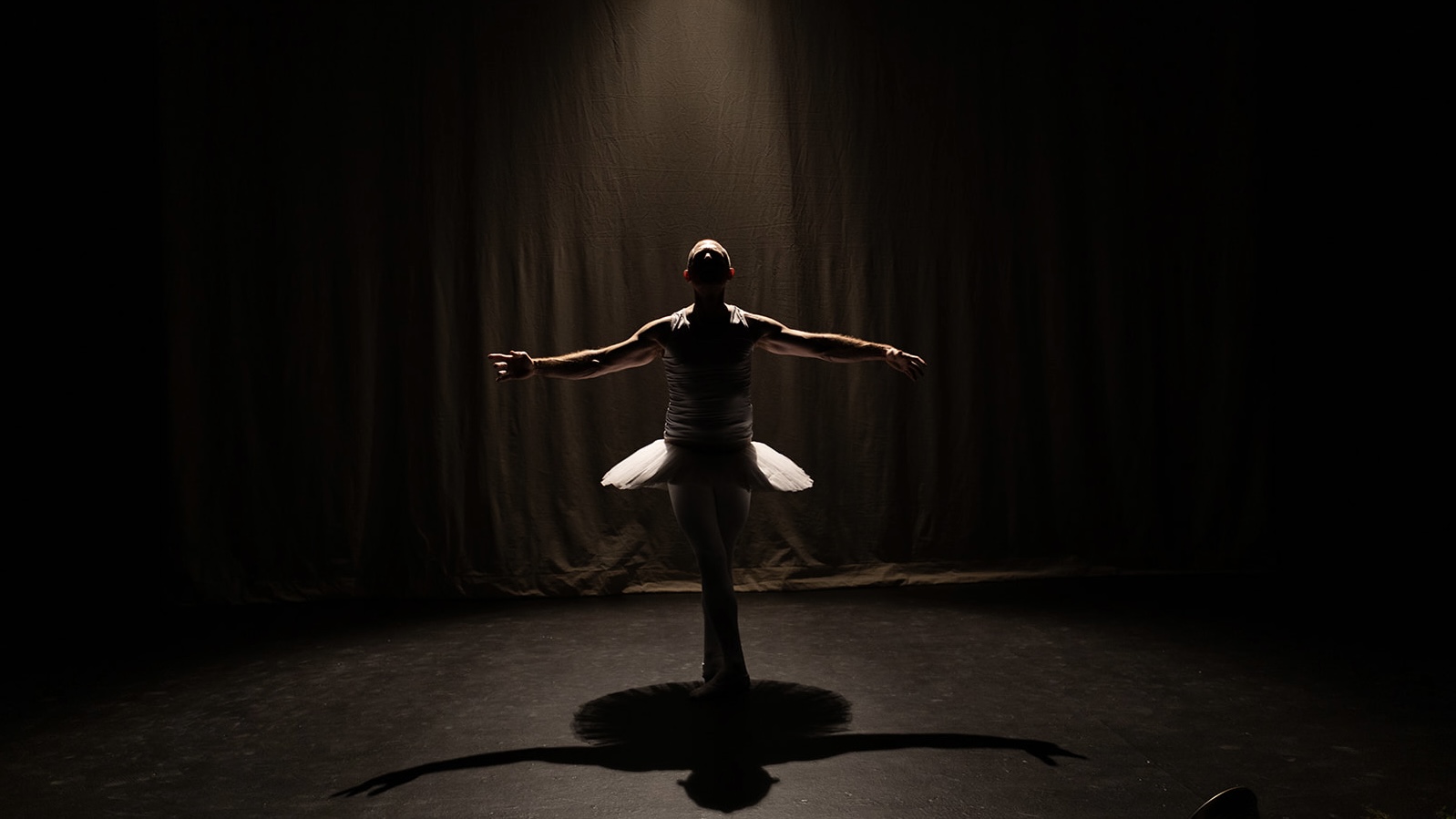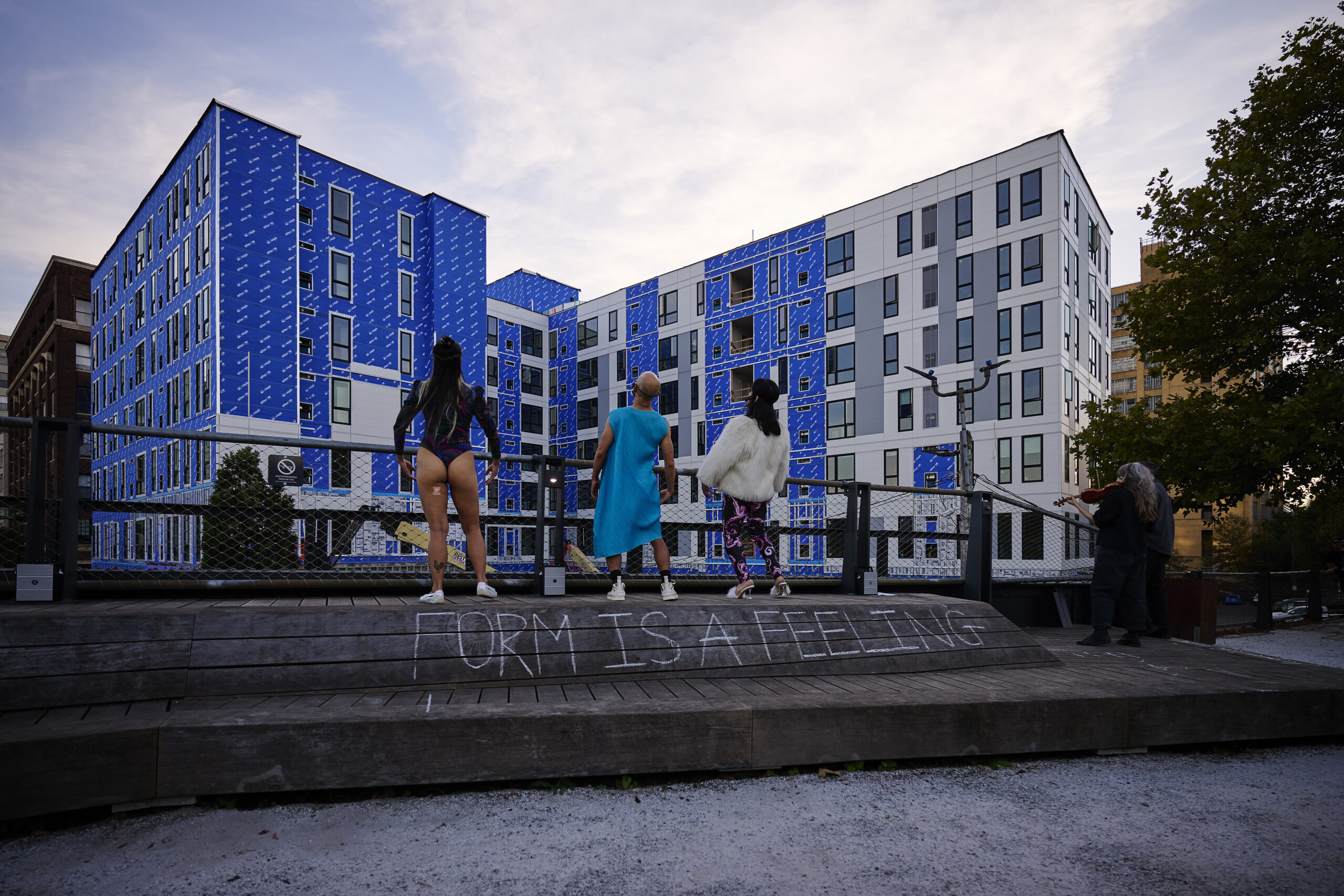Isadora Duncan (1877-1927), Paul Taylor (b. 1930), Trisha Brown (1936-2017)—what do these three artists have in common? Off the top of my head, I note that they’re all Americans and all three made dance careers in the twentieth century in that amorphous genre now called “modern dance.” With this season of the Paul Taylor American Modern Dance (PTAMD) company, Taylor has dubbed them all (yes, himself included) “icons.” Having turned his eponymous dance company into a repertory platform a few years ago, Taylor now has the opportunity to shape a vision of modern dance not only through his own wide-ranging and often highly regarded choreographies, but by commissioning current choreographers to set works on his dancers and also by presenting works of past artists that he considers important to keep on major stages. In the latter effort, and collaborating with the American Dance Festival, Taylor has chosen in recent years to present works by Doris Humphrey, Martha Graham, and Merce Cunningham. This year, Taylor invited the Trisha Brown Dance Company to perform Brown’s 1983 Set and Reset (music Laurie Anderson, visuals and costumes Robert Rauschenberg, lights Beverly Emmons and Rauschenberg) and commissioned Lori Belilove of the Isadora Duncan Dance Foundation to set a suite of Duncan solos (music Frederick Chopin, Johannes Brahms, Franz Liszt; costume Lori Belilove, lighting Rob Brown) on New York City Ballet star Sara Mearns.
Taylor’s new commissions this year include works by Bryan Arias, Doug Varone, and Lila York, but the program I chose to see was the “iconic” one, with Taylor showing his own dancers in the high-energy and long-time audience pleaser, Esplanade, which premiered in 1975 (music Johann Sebastian Bach, costumes John Rawlings, lighting Jennifer Tipton). The March 18 performance was preceded by a workshop in which young dancers had the opportunity to learn phrases from each of the iconic works, taught by Lori Belilove, Stuart Shugg (who danced with Brown from 2011 to 2016), and Cathy McCann, a Taylor veteran. As a dance teacher myself, I found it a delight to observe the youngsters learning through their pores, bones, and muscles how to occupy the world of each visionary, whose language they had a chance to try out, briefly, during this class.
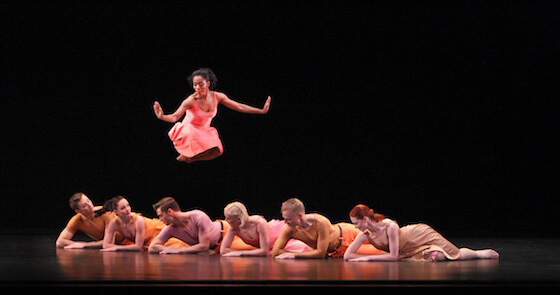
In a recent review of Pennsylvania Ballet’s Swan Lake, I pondered the question of establishing and maintaining the “core” of a discipline, an art form, a repertory. Taylor’s ruminations along similar lines have resulted in his powerful vision of sharing stages with others whose works he recognizes as somehow seminal to the art form he has served for so long. So now I ask myself, what can we learn from such a program?
What was remarkable to me in watching the work of Brown, Duncan, and Taylor on one program, and in the same master class, was the grappling of each artist with a fundamental concern of modern dance: energy—what Rudolf Laban called flow. Duncan found the wellspring of this force in the solar plexus, which generates and drives her movement and expressive gestures. Taylor, in the Graham lineage, drops the source lower to the pelvis, but like Duncan uses that motor to propel big stage-crossing runs and leaps, and to motivate gestures of both beauty and familiarity—a reach, a touch, a stroke. Brown, having worked with Anna Halprin, Cunningham, and Robert Dunn, decentralizes the movement source, pouring it over and through the body in a rangy democracy of explosive, fluid, and eerie or hilarious motion that looked to me like electrons careening through space, or scraps of discarded newspaper blowing down a city street.
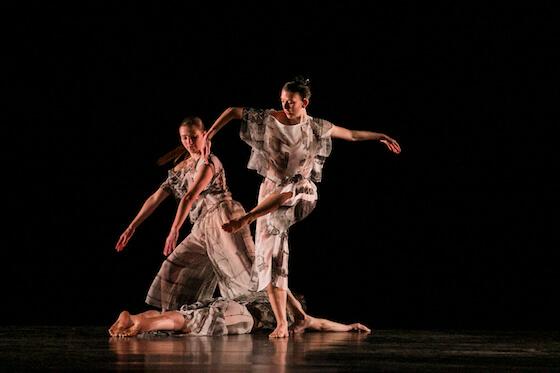
All three “icons” were once considered revolutionaries. That’s worth remembering these days. Duncan, for example, discarded not only her dancing slippers but her corsets and underwear, and dared to dance to Beethoven symphonies, to stand still on the stage, to refuse to point her toe. Taylor did his famous, still-standing (or -reclining, in the case of his partner) Duet in 1957 to a “silent score” by John Cage, with costumes by avant-garde favorite Rauschenberg. For this effort, Louis Horst, papa of modern-dance composition, rewarded Taylor with a four-inch blank column in Dance Observer as his review. Brown was a Judson Dance Theater founder who, with her radical colleagues in that downtown scene, tossed out all the comp rules that Horst had formulated and eventually helped create entirely new ways to make and see dance.
Thus, it felt so right the day after the “Icons” show to wait in line, shivering, outside Judson Church for Movement Research’s March 19th edition of its weekly “free, high visibility, low-tech” forum for “experimentation, emerging ideas and works-in-progress.” I was particularly drawn to the show because one of the three presenters that evening was Tori Lawrence, a former student of mine who also worked for some years in Philadelphia, with Philly friends Ellie Goudie-Averill and Jungwoong Kim, along with Jenna Riegel and the musical group Mild Effects. The MR handout explicitly states, “this performance is not open to review” (italics in the original), so no review will you find here. Rather, the joy of finding myself in this now historic (dare I say, iconic?) space—with every seat filled, including impromptu rows on the floor and others standing in the back, with three performance groups trying stuff out, dancing into the audience’s faces, and lots of people cheering, hugging, and babbling enthusiastically after the show—felt like a taste of that wildness that spawned the artists now revered as our field’s icons.
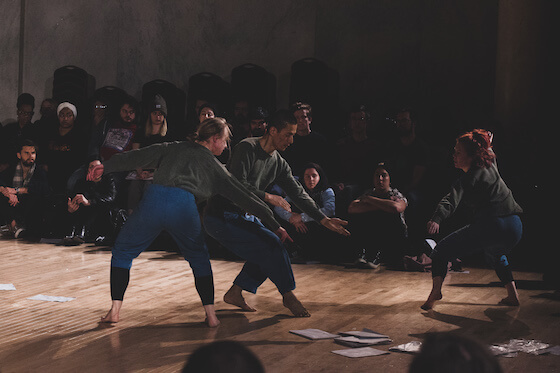
Who knows what’s in the making from here? In a hundred years, in fifty years—whatever!—will something or someone I watched at Judson in 2018 be dubbed “iconic”? Wish I could be there to know.
Paul Taylor American Modern Dance, David H. Koch Theater, New York, Mar. 6-25, https://davidhkochtheater.com/Season-Tickets/17-18-Season/Paul-Taylor-American-Modern-Dance.aspx
Tori Lawrence, IDKWTI, and Erick Montes, Movement Research at the Judson Church, Mar. 19, https://davidhkochtheater.com/Season-Tickets/17-18-Season/Paul-Taylor-American-Modern-Dance.aspx
